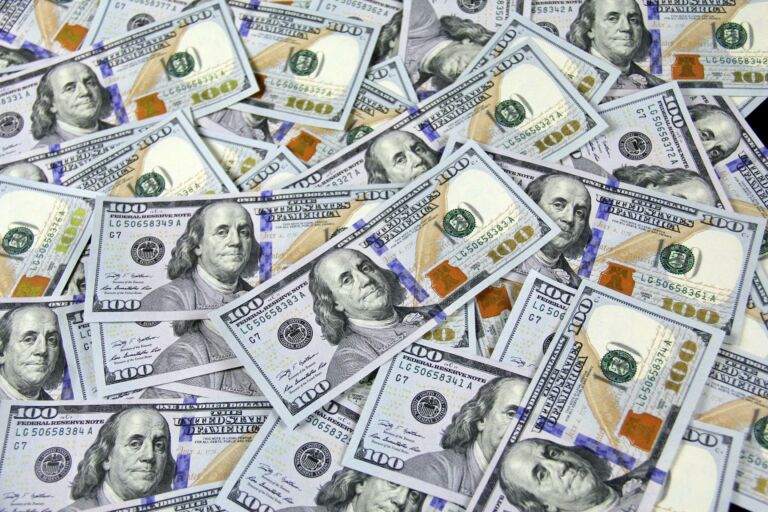George Leef is sure to take interest in the following National Review Online headline: “The College Bubble Bursts.” Michael Barone delivers the accompanying article, which discusses problems plaguing American higher education.
Now the higher-education bubble has burst. The Wall Street Journal reported this week that that the average “tuition discount rate” offered incoming freshmen last fall by private colleges and universities has reached an all-time high of 45 percent. At the same time, their “sticker price” tuitions have increased by the smallest amount in the last dozen years. Tuitions for in-state students at public four-year colleges and universities also increased by the smallest amount during that period.
Applicants are negotiating bigger discounts than they used to. Market competition has kicked in. What has happened is that in a recessionary and sluggish economy, potential customers have been figuring out that a college diploma may not be a good investment — particularly if it entails six-figure college-loan debt that cannot be discharged in bankruptcy.
The Millennial Generation that voted so heavily for Barack Obama — 66 to 32 percent in 2008, 60 to 37 percent in 2012 — has had a hard time finding jobs, even with diplomas in hand. Especially if their degrees are in gender studies or similar fields beloved of academics.
In even worse condition are those students who never get a degree, a disproportionate number of whom are blacks and Hispanics admitted under affirmative-action programs who prove unable to keep up with the pace of instruction at schools where most students enter much better prepared.
We see in higher education something like what we saw in housing. Government programs aimed at increasing college education and home ownership, particularly among minorities, turn out to hurt many of the intended beneficiaries. The intentions of the people who created these programs were good. The results — well, not so much.


